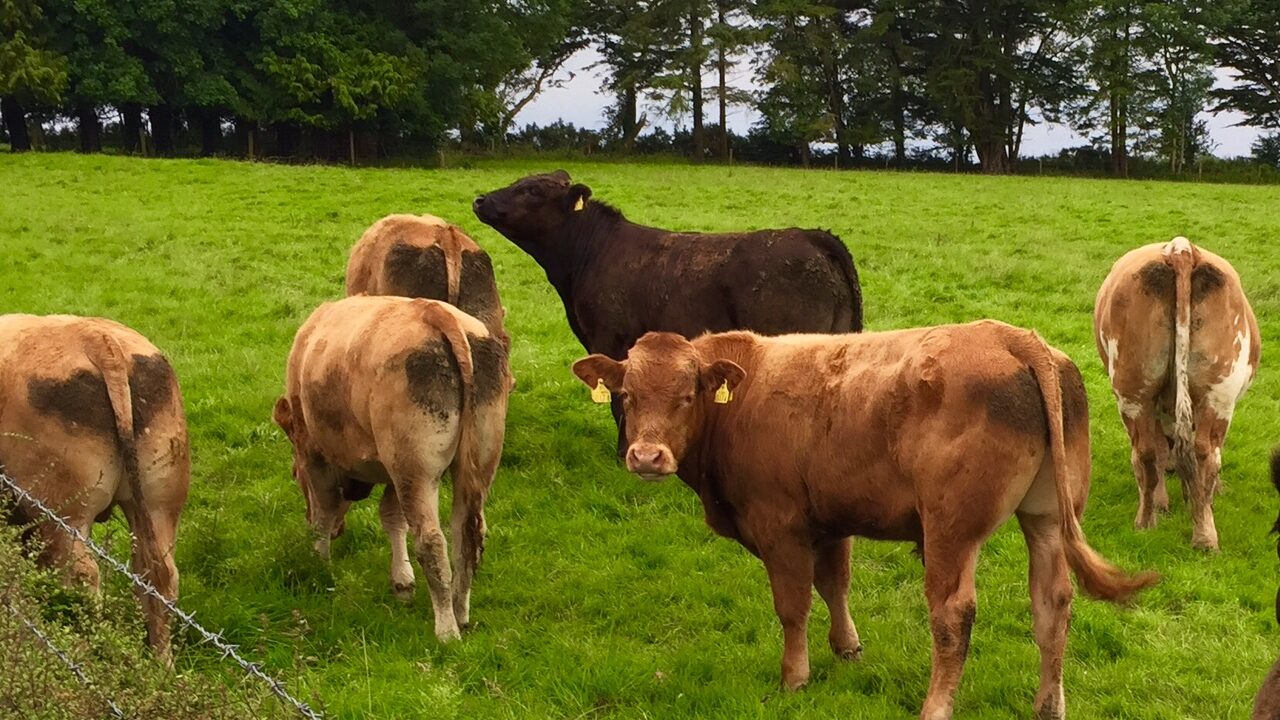Livestock populations in Northern Ireland during the month of June have remained stable or grown compared to figures from a year ago.
On the other hand, the area of cereals grown in the north saw a decrease of 2% overall in the sixth month of this year, according to the preliminary results of the June 2017 Agricultural Census.
These statistics, which were compiled from a survey of farm businesses augmented by administrative data, were released by the Department of Agriculture, Environment and Rural Affairs (DAERA).
Main differences between June 2016 and June 2017
With a decrease of 2%, the area of cereals grown in Northern Ireland equalled 32,600ha – with winter wheat, winter barley and oats all suffering decreases this year.
The area of spring barley grown remained relatively unchanged to last year and is still the most popular cereal crop – with 14,700ha planted – in the north, DAERA added.
However, the area grown in other field crops is 7% higher than last year, figures show. This has been attributed to increases in the areas planted under potatoes, arable crop silage and forage maize.
The preliminary results of the survey showed that the area of potatoes increased by 9% to 4,100ha. This increase built on last year’s recovery from the record low of 3,800ha grown in 2015, the department explained.
Meanwhile, the area of arable crop silage grown equalled 3,500ha – an increase of 4%. Whereas, the area of forage maize increased by 12% to 1,400ha. This increase for forage maize puts an end to a downward trend that has been experienced since 2008, when a peak of 3,500ha was grown.
Livestock
According to the preliminary results, the total population of cattle in Northern Ireland was relatively unchanged in June of this year.
Dairy cow numbers decreased slightly, from their all-time high in 2016, to 315,800 head. The number of beef cows decreased by 1% to 267,100 head.
The population of breeding ewes increased by 2% – to 972,000, the highest level since 2006 – when compared with 2016 figures. This represents the third year in a row of increases.
Lamb numbers witnessed a similar increase of 2%. Overall, the total number of sheep recorded was almost 2.1 million – a level not seen since 2006.
An increase of 3% – to 41,400 – was recorded in sow numbers this year. The overall pig herd was also 8% larger this year, which was mainly driven by the growth in the number of fattening pigs, figures show.
The number of laying birds in Northern Ireland on the first day of June amounted to 3.9 million, an increase of 10% compared to figures from a year earlier. Broiler poultry numbers also increased by 9% at that date.
Labour force
This year the size of the agricultural labour force in the north remained relatively static compared to 2016 – with a total of 47,800 workers.
There has been a small decrease in the number of full-time farmers, but this was off-set by an increase in the number of other regular workers – both paid and unpaid, DAERA explained.
The preliminary results were based on the first 9,000 returns and, whilst they should give an indication of the main trends, are liable to be amended in light of returns received and processed at a later date, it added.
Final results will be published in November 2017, at which stage all of the returns submitted by farmers will have been processed.

